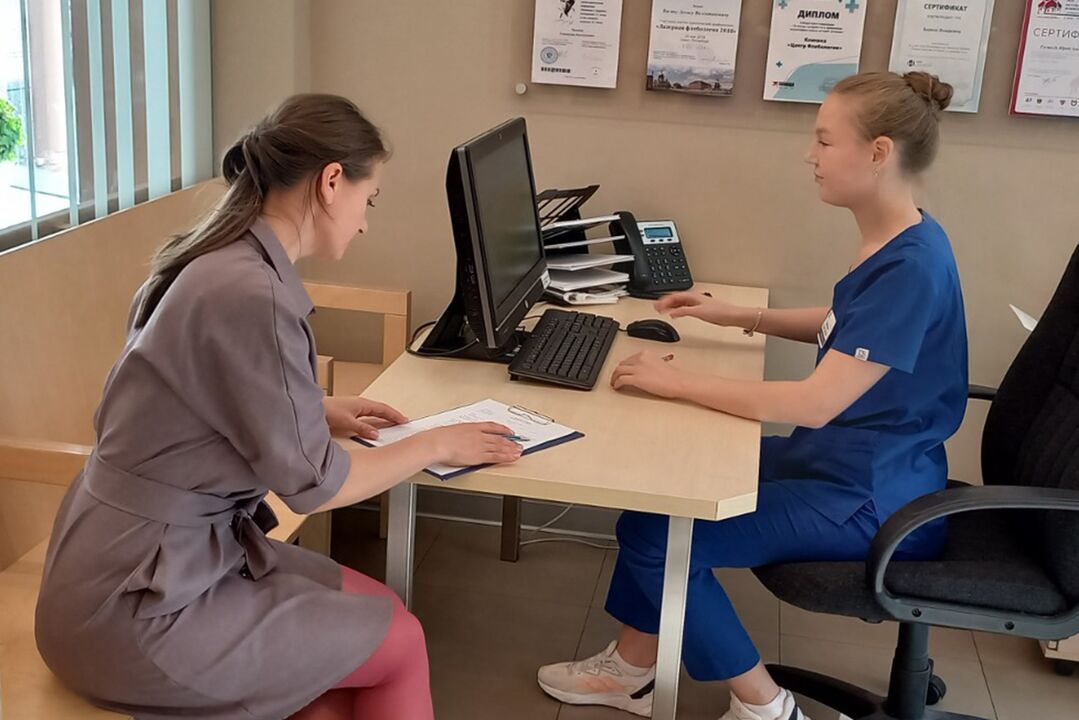
Causes of varicose veins in women
- genetic predisposition;
- Congenital weakness of connective tissue;
- being overweight;
- Sedentary lifestyle;
- Pregnant;
- menopause;
- Hormonal imbalances (including those caused by taking oral contraceptives);
- Presence of concomitant chronic diseases (diabetes, renal failure, heart failure);
- Indigestion (constipation);
- Jobs that require sitting or standing for long periods of time without opportunities for breaks;
- Frequently wear uncomfortable, tight high heels;
- taking frequent baths that are too hot;
- Lower limb injuries.
Symptoms of varicose veins in women
- Heaviness and "swelling" in the legs;
- Excessive fatigue of lower limbs during exercise;
- Calf muscle pain;
- Leg swelling at the end of the work day;
- The veins are significantly dilated and spider veins appear;
- Slight leg cramps at night.
- Swelling, dilated veins, nodes and lumps in affected blood vessels;
- Severe swelling of the lower limbs that does not subside after rest;
- Pain at the affected area;
- Hyperpigmentation, excessive dryness of the skin on the legs;
- Development of dermatitis, venous eczema.
Diagnosis of varicose veins
Prevent varicose veins
- Eliminate or limit static loads on the legs;
- Sports: jogging, walking, Nordic walking, swimming, aerobics;
- Perform a contrast shower to increase vascular tone: the temperature difference between cold and hot water should be 1 degree at the beginning of the session;
- Massage the legs to promote blood circulation: gently press and stroke the lower limbs from top to bottom, which can be done independently.
- Normalize your diet: An effective way to prevent varicose veins and its complications is to include fiber-rich foods (vegetables, fruits, dried fruits, legumes, whole grains) in your daily menu and avoid fast food, greasy, salty foods;
- control weight and hormone levels;
- Say no to bad habits;
- Choose comfortable, appropriately sized shoes and clothing;
- If necessary, wear orthopedic shoes or insoles: the correct position of the foot helps to distribute the load correctly and improves blood circulation.

















